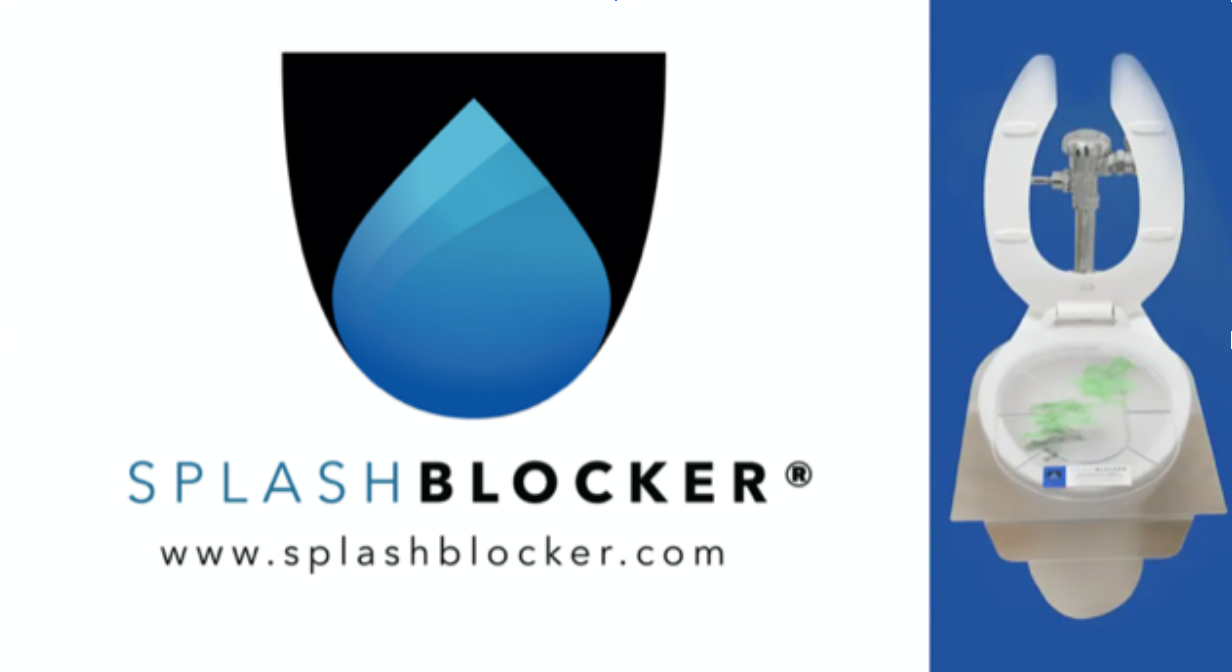Today in the chart
We’re Not Replaceable, But That Doesn’t Mean We Don’t Need to Adapt
Nurses will not disappear. Human touch is an essential component of caring for people. However, we should consider how to do it differently and how nurses can contribute.

There has been no shortage of technology applied to the healthcare delivery system. However, focusing on the clinical aspects can still be overwhelming. Platforms and applications for our phones and computers to schedule, document, locate people and equipment, perform POC testing, deliver medication, assess, and provide remote care. It is constantly evolving.
Even if we step back a bit, there are technologies we’re just in the early phases of understanding. Nurses have been laboring under shortages and extreme pressures for years. By the numbers, we’re expected to have the labor market grow by 6% in the next decade with more than 230,000 openings. Each lost bedside nurse costs $41,100. Our usual clinical job expectations can be stressful and, coupled with the pandemic, sometimes unbearable. Maybe we have solutions in the early maturity phases to bring relief safely and purposefully. Here are a few examples to consider and explore.
- Virtual Reality (VR)
This technology was recently demonstrated at the University of Kansas School of Nursing. It’s incredible. Students can be at home, put on a headset, and be in a room with other students and instructors. These rooms can be lecture halls, exam rooms, or the OR. They allow students to be in their community and learn many skills necessary to become a nurse. As we have industry conversations about the shortage of professors and the need to reach students in more rural areas, this technology could help solve both issues. Pulling further on this thread of educating nurses, it could augment or even replace the need for physical clinical sites for rotation.
- Artificial Intelligence (AI)
The global conversation on use cases exploded when ChatGPT came out late last year. For healthcare, it’s almost endless where we could deploy. Rather than initial nurse screening in clinics, for procedures, or even the emergency department, AI could blend the information with the patient’s existing medical record and coordinate the next steps. Setting up alerts and actions takes less time and creates a more integrated and customized experience for nurses and the consumer. It could be done anywhere, anytime, where the consumer no longer has to schedule an appointment or be in a queue. This is one of many examples of how we can use AI to save time, enhance care, and put nurses into more critical care roles. Couple AI and VR together, and we can put professors into positions at the top of their role and leave the basics to a new crowd of “educators.” Now, there’s the conversation about how AI will augment executive leadership.
- Robots
This isn’t necessarily groundbreaking, and we could take examples from other industries. For example, McDonald’s is testing its first fully automated store with every task from order taking to food preparation and delivery. Consider this in the context of the $15/hr minimum wage discussions for entry-level positions. A fully automated McDonald’s or Starbucks can eliminate those positions. Meaning people will have other complimentary roles that need to be filled. Robots have been in use in hospitals in various roles for years. Robots could relieve nurses of duties (i.e., patient lifting, taking vital signs), retrieve equipment, move people on stretchers and wheelchairs, answer call lights with integrated AI, assist patients to the bathrooms, and act as a sitter (maybe even with activities for patients). They don’t need breaks and can work continuously. While this might sound like a threat to nurses’ jobs, we should see this as an enhancement and an opportunity to reframe our role in caring for people.
Nurses are not going to disappear. We are in a business that requires a human touch. It’s an essential component of caring for people. However, we should consider how to do it differently and how nurses can contribute. Economically, we could use fewer nurses, deploy them differently, and more fully embrace technology. If we genuinely move to team-based care and shift our role to more coordination and patient management, using new roles and technology could reduce the need for larger numbers of nurses. That doesn’t mean we earn less. Instead, it means we make ourselves more essential to healthcare. Drive revenue, manage costs, and produce expected outcomes. To be successful, we need to change what we learn, how we learn, and what we do. Funding has to be arranged in alignment to support the nurse workforce, redistribute workloads in a team-based model, and optimize the use of technology. Those paying for healthcare and services have already started disrupting our traditional fee-for-service lifestyle. The industry is inching closer to using risk-based payment arrangements (i.e., value-based care). It might take a revolution, but I think we’ll get there. What we do today as nurses and as a system isn’t sustainable and isn’t getting results.
Technology can remove some of the system’s friction, enhance quality, create consistency and predictable performance, and make the communities healthier for providers and consumers. Those are worthy goals, for sure.



.png)

